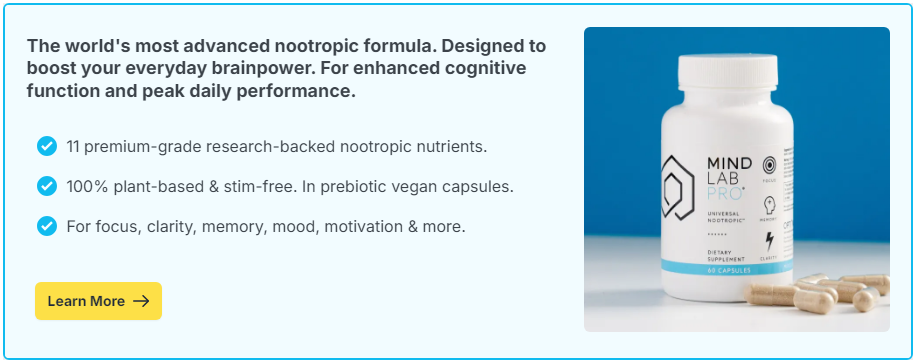
Yes, practicing lucid dreaming may strengthen problem-solving abilities by enhancing creativity, increasing metacognitive awareness, and providing a safe mental space to rehearse novel solutions. However, the evidence is still limited, and effects likely depend on the individual’s ability to consistently achieve lucidity in dreams.
Contents
What Is Lucid Dreaming?
Lucid dreaming occurs when a person becomes aware that they are dreaming while the dream is still happening. This awareness can allow the dreamer to influence or direct dream events. Researchers classify lucid dreaming as a hybrid state of consciousness that combines features of rapid eye movement (REM) sleep with waking-level self-awareness. Because problem-solving requires creativity and self-reflection, lucid dreams may serve as an unusual training ground for these skills.
The Link Between Dreams and Problem-Solving
Dreaming has long been associated with creativity and problem-solving. History is filled with anecdotes of insights gained from dreams – Dmitri Mendeleev’s periodic table arrangement and Paul McCartney’s melody for “Yesterday” are two well-known examples. Scientific studies show that REM sleep fosters associative thinking and strengthens connections between seemingly unrelated ideas, both of which are key to creative problem-solving. Lucid dreaming adds an extra layer: conscious awareness within this creative state.
How Lucid Dreaming Might Improve Problem-Solving
- Metacognitive training: Lucid dreamers practice monitoring their own thoughts and mental states, a skill that translates to better problem awareness when awake.
- Simulation of solutions: Within a lucid dream, individuals can test out actions, explore hypothetical outcomes, or rehearse problem-solving strategies without real-world consequences.
- Reduced inhibition: Dreams loosen the rigid constraints of waking logic, allowing novel connections to surface, which may lead to creative breakthroughs.
- Emotional rehearsal: Solving challenges in a dream context may lower anxiety and increase confidence in addressing similar problems in waking life.
Research Evidence
While research on lucid dreaming and problem-solving is still emerging, several findings support the connection:
- A 2015 study published in *Dreaming* found that frequent lucid dreamers scored higher on insight-based problem-solving tasks than non-lucid dreamers.
- Other studies suggest that lucid dreamers tend to show greater metacognitive awareness – thinking about thinking – which is linked to better reasoning and adaptive problem-solving.
- Laboratory experiments show that practicing tasks in dreams can lead to real-world performance improvements, suggesting overlap between dream rehearsal and waking problem-solving.
Still, not all studies find clear benefits, and more research is needed to establish causality rather than correlation.
Methods for Practicing Lucid Dreaming
For those interested in using lucid dreams as a problem-solving tool, common induction techniques include:
- Reality checks: Asking “Am I dreaming?” during the day trains awareness that may carry into dreams.
- Dream journaling: Writing down dreams increases recall and awareness of dream patterns.
- MILD (Mnemonic Induction of Lucid Dreams): Repeating intentions before sleep to recognize dreaming states.
- Wake-back-to-bed method: Briefly waking up in the night, then returning to sleep with a lucid dreaming intention.
Potential Benefits Beyond Problem-Solving
In addition to cognitive gains, lucid dreaming may offer:
- Nightmare management: Empowering dreamers to change distressing scenarios.
- Creativity enhancement: Allowing dreamers to explore novel imagery and ideas.
- Self-confidence: Successfully directing dream scenarios may foster feelings of control and resilience.
Limitations and Risks
Not everyone finds lucid dreaming easy to achieve. Some people may experience sleep disruption from repeated wake-back-to-bed techniques. Others risk blurring dream-wake boundaries, which could worsen sleep quality. Moreover, the connection between lucid dreaming and problem-solving, while promising, is not universally supported by scientific consensus.
Practical Recommendations
If you wish to explore lucid dreaming for problem-solving:
- Keep a detailed dream journal to strengthen recall and dream awareness.
- Set clear intentions before bed, focusing on a problem you want to work through.
- Combine lucid dreaming with waking problem-solving techniques such as brainstorming and structured analysis.
- Use lucid dreaming as a complement, not a replacement, for traditional learning and practice.
Practicing lucid dreaming may strengthen problem-solving abilities by combining REM sleep’s natural creative processing with conscious control and metacognition. While the evidence is preliminary and not definitive, lucid dreaming represents a unique mental tool for enhancing creativity, flexibility, and problem-solving. For those able to cultivate it, lucid dreaming offers both cognitive and psychological benefits, though it should be pursued alongside evidence-based practices for brain health.

